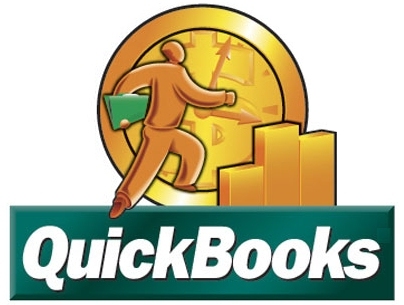Great Cost-effective Courier Software: Oxymoron?
by Patrick Floto, SCS sales rep. October, 2011
Ahhh, the recession….no one is safe these days, it seems. Courier companies who are doing well are staying under the radar, carefully guarding their profits until the storm passes.
I ponder how small businesses are staying afloat in this economy. And do any of them dare to actually grow their respective business right now?
I also wondered if any company is actually spending these days? Or maybe they’re spending too much?
I recently had a chat on the subject with Keith Schewanick, owner of “Where Is My Package?”™.
Q: How can “Where Is My Package?”™ be great, yet inexpensive?
A: We’ve heard this question before. There are many ways how we’re able to cut unnecessary costs, which also saves our clients money, as well. Here’s a few ways:
1. Labor
The majority of business overhead costs are labor. For instance, we as a courier software company, have to hire programmers. Some of our competitors are using old proprietary software which is expensive because there are very few resources out there who maintain, program and/or de-bug these out-dated systems. Since there’s a limited candidate pool, it’s hard to locate these specialists who still know the old software.
Our approach is to use common open source software with hundreds of thousands of programmers available at reasonable prices. And with so many more laborers available, this also cuts down on wait-time to receive that service. Time is money…and we make the most of time spent on labor.
2. Technology Platform
We opted to use the secure Unix/Linux platform (that even Apple currently uses), versus using the Microsoft platform, which is not only expensive, but insecure and vulnerable to an endless number of viruses. The Microsoft platform may also require a re-write of software to accommodate their new platform, leaving you stuck having to purchase a re-written version of the software you already purchased. For example, if you bought your software when Microsoft XP was their latest version, and then Microsoft releases the Vista platform the following year, your software vendor has to rewrite their program to fit the new Microsoft platform. It just doesn’t make sense to keep lining the pockets of software companies whose systems continually need to be paid for. By the way, this same problem will hold true when Microsoft releases Windows 8 next year.
3. Distribution Chain
The software is all in one place here, and the software on which WIMP runs requires no multiple versions, no packaging costs, no supply chain, and no additional outside labor. Because this ‘distribution chain’ is greatly reduced, the most obvious benefit is the cost savings…which gets passed on to our WIMP clients. And since there are no issues with maintaining ‘client side’ software, the system management burden imposed (when new releases and upgrades become available) is eliminated, simplifying the management of the system as a whole.
The distribution chain route requires that updated applications must be installed on every machine that needs to continue to run those programs. For companies with a larger number of users this can be a costly logistical nightmare, especially if the upgrades are not managed properly. I know that applications quickly become outdated, resulting in higher costs for system maintenance and frustration for those people who still use that old fashioned, bloated software.
There are far more advantages of adopting a truly web-based system. It’s part of the future of courier software, and we’re using it right now.
Q: So, you’re saying there’s a smarter way to spend less and get more? I like that math!
A: So do our clients.
Coming soon to The Wimp Dispatch: part two of my Q&A with Keith Schewanick.


